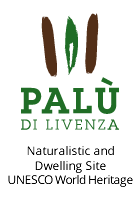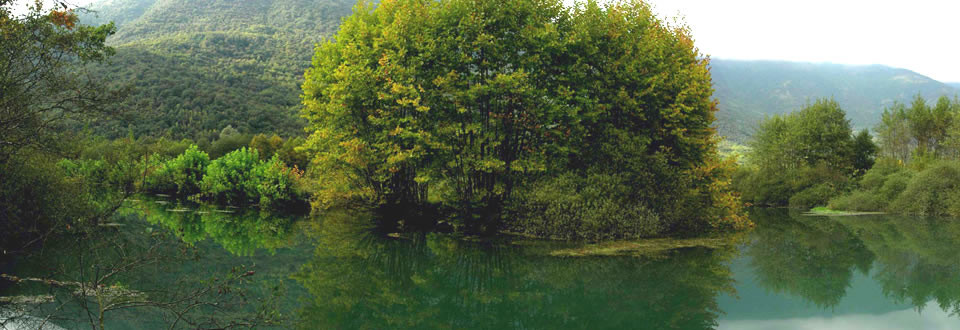Historical and natural sites to be protected
Wetlands are areas of extraordinary biological diversity, but also highly vulnerable because of changes caused by humans. Only in the last 50 years, nearly half of the world’s wetlands have been lost, reducing biodiversity and the number of living species.
In the temperate climate that characterizes our region, there are no areas so rich in species such as the marshes, and the reason for this lies in the high productivity of plant biomass that is often associated with a high level of diversification of plant and animal species where space is limited.
The wetlands of the Alpine area have been lightly used in the past, after the phases of employment during the course of prehistory, they lost interest over time, because they were considered unhealthy areas, sources of diseases, and unsuitable for crops.
Only the nineteenth century with the development of land reclamation and industrial extraction of peat as a fuel or fertilizer, wetlands began to be re-visited and acquired a new interest, as places of agricultural activity or retrieval of raw material.
The initiation of these activities allowed to discover the first prehistoric dwelling villages, but at the same time produced significant changes in the characteristic natural environment with the partial or total destruction of many archaeological sites until then almost intact.

In our days, wetlands and archaeological sites that are found in them, continue to be threatened by other causes: erosion, dredging and land reclamation, urban works, landfills, etc. By the time we changed our way of thinking about these areas , although they are regressing in number and extent.
The wetlands are no longer perceived as unhealthy and dangerous places, but as an exceptional natural and environmental heritage to protect and to promote as important destinations of cultural tourism.
The interest in these areas is of course enhanced by the presence of prehistoric settlements, that make these places historical and archaeological archives of great importance.
The Palù environment, is a place of great natural interest for the presence of plants such as larch trees, alders, poplars, willows, for the different species of birds that nest or simply stay temporarily in its territory, for small and big mammals that frequent it during the year and, ultimately, for the insects of all types that populate it. The biological richness of Palù makes this area an important refuge for many species since that aquatic environments are unfortunately deteriorating in many areas of northern Italy.

« 30 anni di ricerche archeologiche al Palù di Livenza Presentazione »



